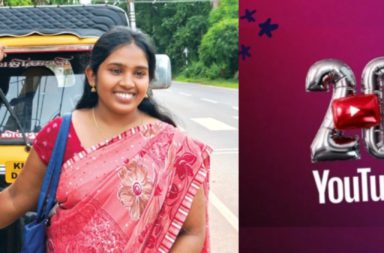On YouTube there’s an audience for every type of video and YouTube’s recommendation system’s job is to find that audience. In this issue let’s have a deeper look into how YouTube’s recommendation system works.
“Recommendations drive a significant amount of the overall viewership on YouTube, even more than channel subscriptions or search.“
What is a Recommendation System?
YouTube’s recommendation system is built on the principle of helping people find the videos they want to watch. Recommendations can be found at two main places: the homepage and the “Up Next” panel. Homepage is what is seen when YouTube is first opened where a mixture of personalized recommendations, subscriptions, and the latest news and information is displayed. The Up Next panel appears when a video is being watched and additional content is suggested based on what is being watched.
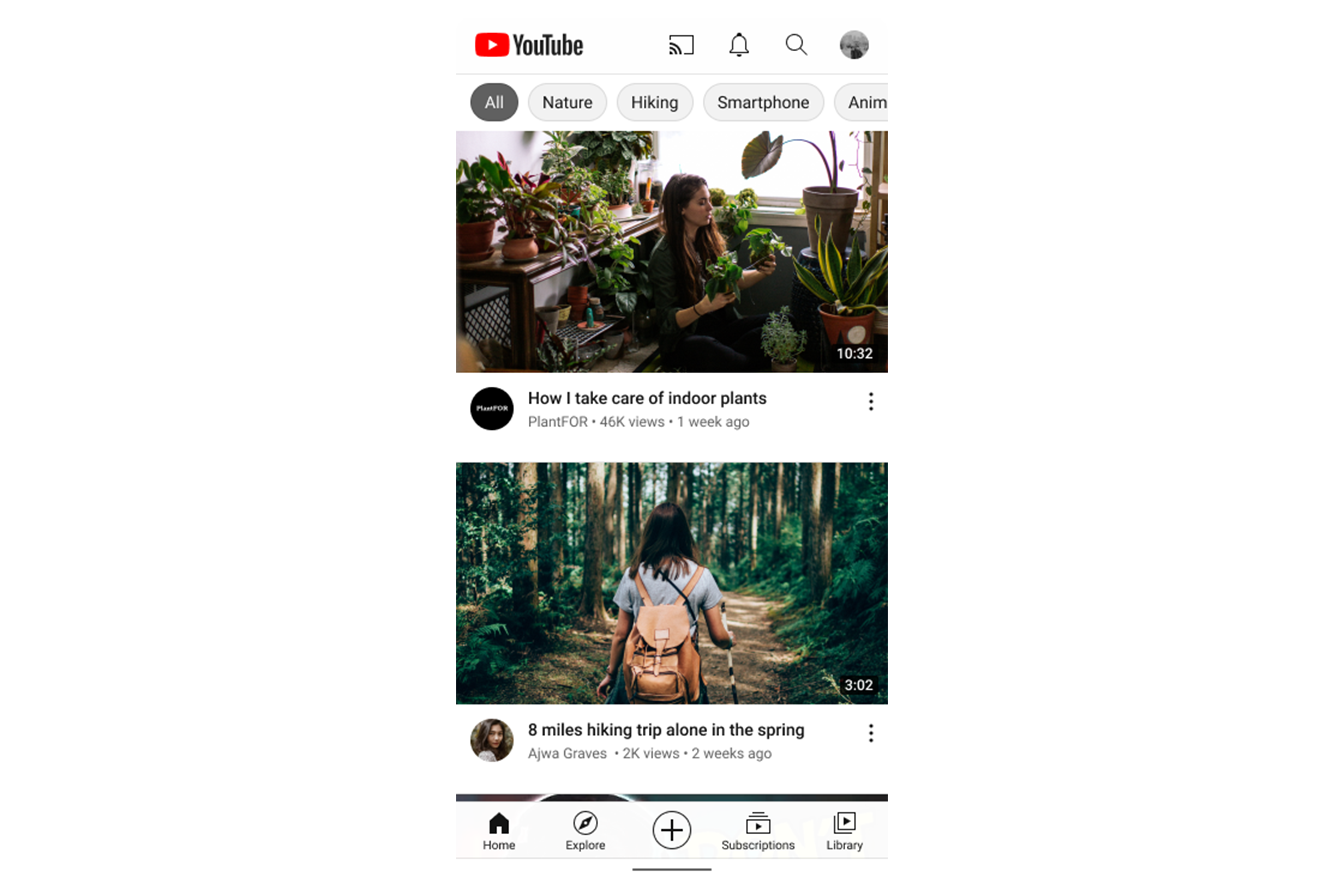
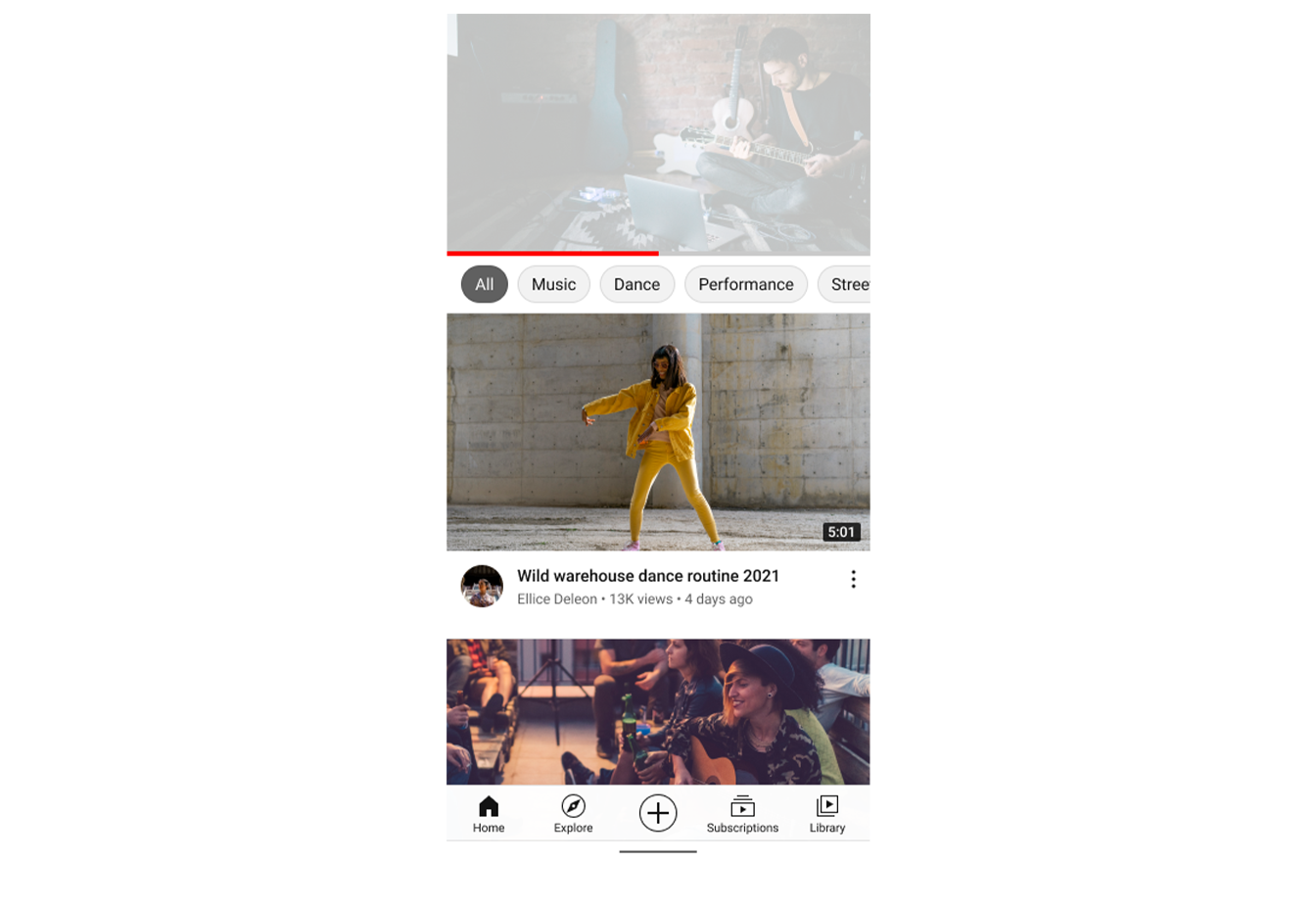
“Today, our system sorts through billions of videos to recommend content tailored to your specific interests. For example, our system recognized that I watched a classic USC football highlight and found for me other sports highlights from my youth. Without recommendations, I would never have known these videos were available. Unlike other platforms, we don’t connect viewers to content through their social network. Instead, the success of YouTube’s recommendations depends on accurately predicting the videos you want to watch.” says YouTube on their blog.
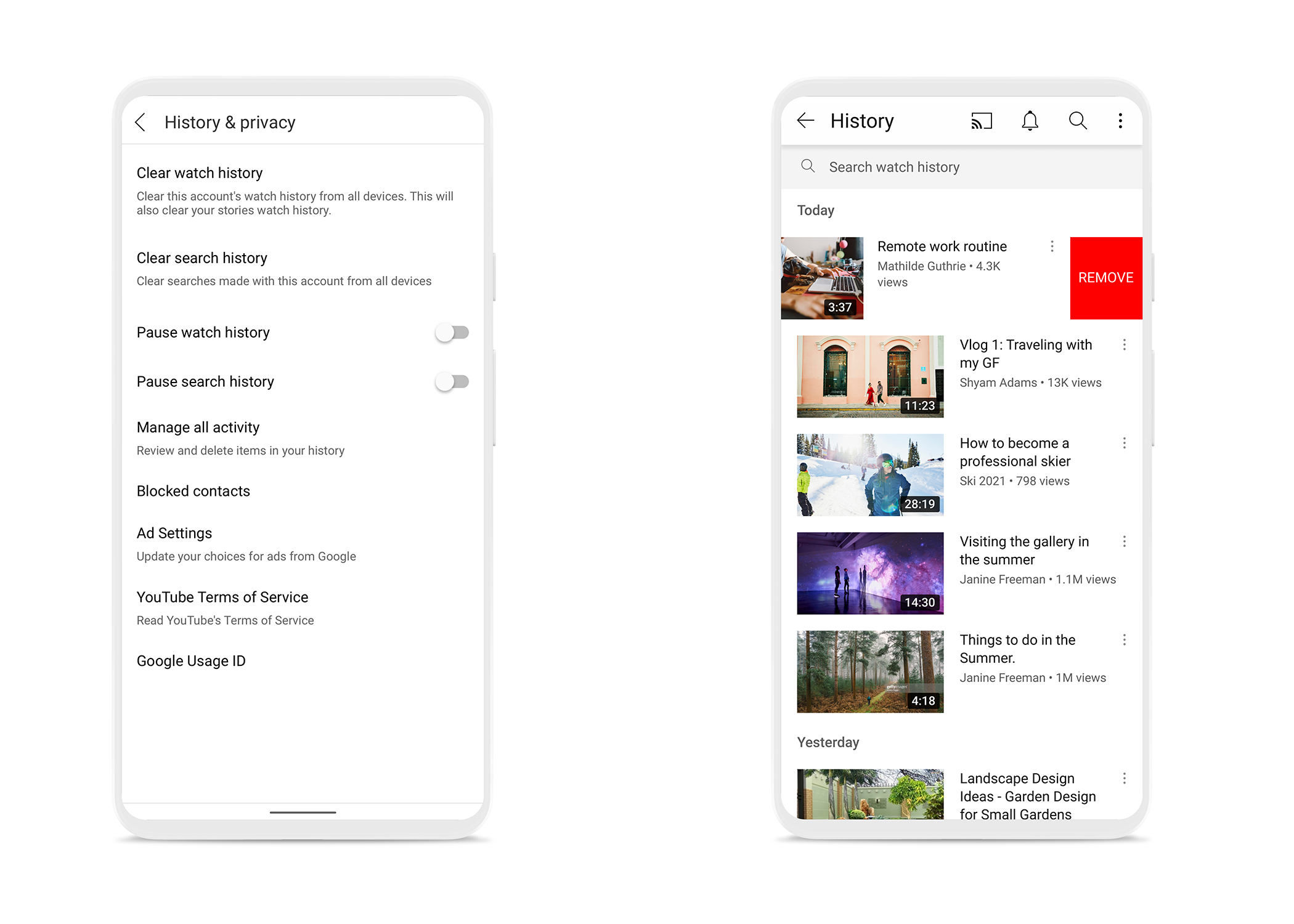
How Recommendations Are Personalized
YouTube’s recommendation system doesn’t operate off of a “recipe book” of what to do. The system is evolving constantly and it is learning every day from over 80 billion pieces of information which YouTube calls “signals”. Let’s have a look at those signals.
(Source: YouTube)
- Clicks: Clicking on a video provides a strong indication that you will also find it satisfying. After all, you wouldn’t click on something you don’t want to watch.
- Watchtime: Your watchtime—which videos you watched and for how long—provides personalized signals to our system about what you most likely want to watch. So if our tennis fan watched 20 minutes of Wimbledon highlight clips, and only a few seconds of match analysis video, we can safely assume they found watching those highlights more valuable.
- Survey Responses: To really make sure viewers are satisfied with the content they’re watching, we measure what we call “valued watchtime”—the time spent watching a video that you consider valuable. We measure valued watchtime through user surveys that ask you to rate the video you watched from one to five stars, giving us a metric to determine how satisfying you found the content.
- Sharing, Likes, Dislikes: On average, people are more likely to be satisfied by videos that they share or like. Our system uses this information to try to predict the likelihood that you will share or like further videos. If you dislike a video, that’s a signal that it probably wasn’t something you enjoyed watching.
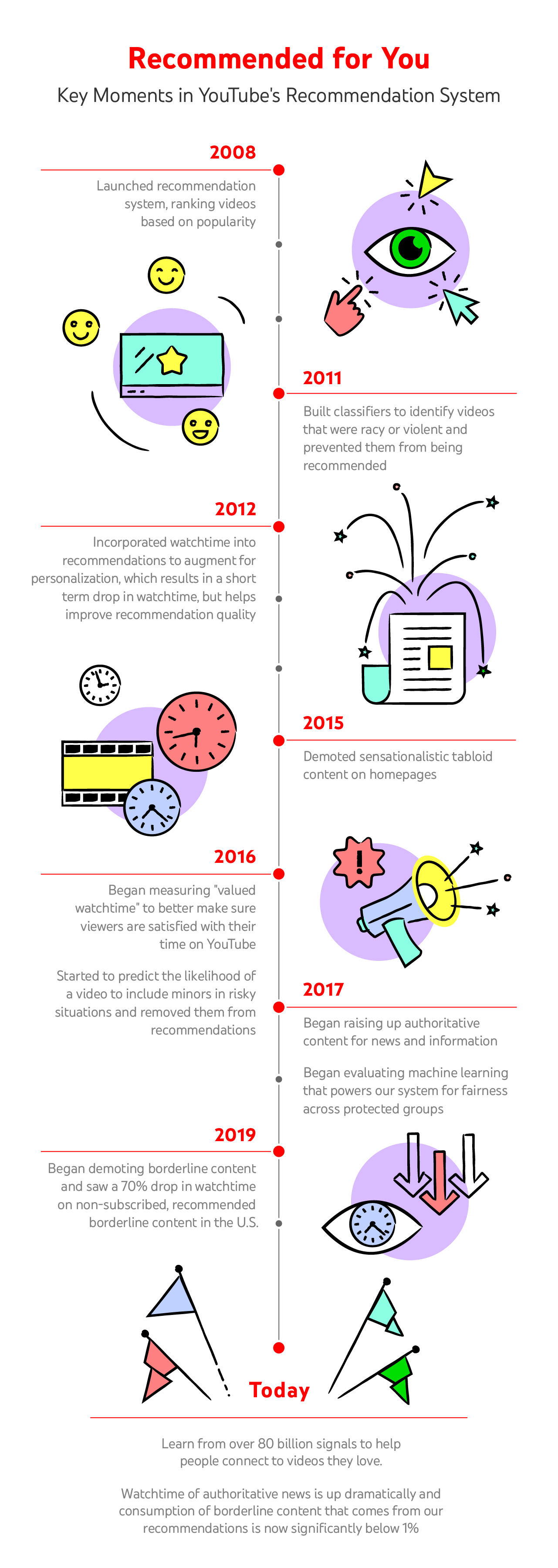
A Focus on Responsible Recommendations
YouTube says, “recommendations play such an important role in how we maintain a responsible platform. They connect viewers to high-quality information and minimize the chances they’ll see problematic content. And they complement the work done by our robust Community Guidelines that define what is and isn’t allowed on YouTube.“
Furthermore, YouTube also takes its Community Guidelines seriously hence, any video classified borderline is demoted in recommendations.


